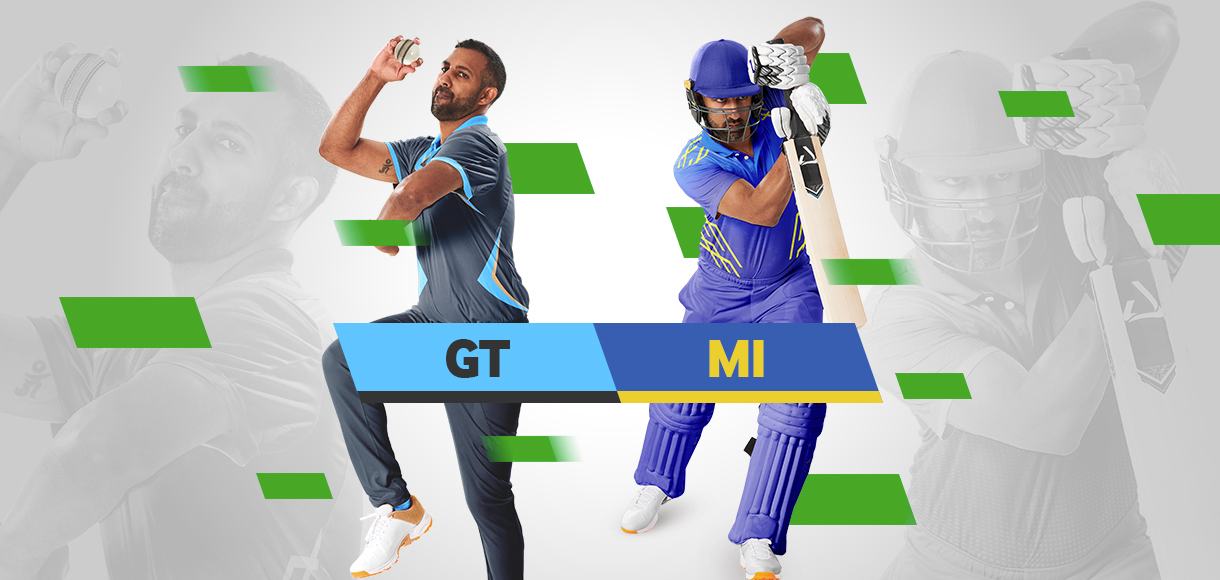How data analysis has changed T20 cricket

Journalist Tim Wigmore and star T20 batsmen Kevin Pietersen and David Miller explain how the use of numbers has changed the landscape of the game’s longest mainstream format.
When it was launched in 2003, T20 cricket was considered no more than a hit and a giggle.
The approach to Test cricket, the game’s traditional format, was far more meticulous, according to conventional wisdom, with the better team almost always triumphing after five gruelling days.
The middle of the two, ODIs, was somewhere in between.
At the opposite end of the spectrum, T20 cricket was generally agreed to be the most random of the three formats. The hectic nature of the game meant that anybody could beat anybody and games were decided on margins that could not be controlled.
But, as the balance of the power within cricket has swung towards T20, the money and research being poured in to work out how to be successful has proven the very opposite to be true - particularly in franchise tournaments such as the IPL, which Mumbai Indians are favourites to win in the latest IPL betting.
Instead, the format has prompted a huge rise in the use of data analysis – using hard, cold numbers to improve recruitment, selection and tactics in a way that has never previously been seen.
“There is a weird paradox there,” says Tim Wigmore, journalist for The Independent and co-author of Cricket 2.0, a book about the T20 revolution.
“T20 is the most random format in that it takes the smallest number of deliveries to swing the course of a match, but it can also be planned. It gives you a far better opportunity to use data to plot your path to victory.”
The best-run T20 teams have learned how to use data to gain an edge in almost every department.
Franchise teams can access averages, strike-rates, boundary percentages and much more in every phase of the innings at the click of a button.
If an IPL side needs a batsman who hits at a strike-rate of 200 in the last five overs, for example, they no longer need to rely on the eye test. They can just find out who has a track record of doing so.
Data is also used far more regularly to determine weaknesses in opposition line-ups and inform tactics for specific matches.
Technological improvements have coincided with the rise of T20 cricket, but that’s not the only reason why this format has been most influenced by data analysis.
“There is so much more data to work with in T20 cricket,” says Wigmore. “The scenarios repeat themselves so much more often.
“You have so many variables in Test cricket. If you’re batting on a day-five pitch that is turning a certain amount, you might only have come across that scenario once or twice a year because of the number of things that need to take place in a Test match to get there.
“T20 scenarios do repeat themselves. You can plan for the 15th over when a certain batsman is well set because it happens so often.
“There are so many more top-level T20 matches. A top T20 player might play 50 matches per year, while a top Test player might play 12 or 13. It actually gives you a proper sample size to work with.”
The driving force behind the popularity of T20 cricket has been domestic franchise leagues, where competitive balance is maintained with a salary cap and a restriction on overseas players.
Those levellers mean that, more than in any format, smart use of data will gain teams an edge.
When it comes to this, one IPL team trumps the rest.
“Mumbai Indians’ success has been rooted in out-thinking their opponents,” says Wigmore. “They are excellent at doing it before they even get to the auction able.
“They’ve got a very good idea of how to assemble a team because they’ve used data to establish the best strategy. Then they have a really strong scouting system that allows them to chase all of the most undervalued domestic talent.
“It’s a bit of a myth that you want to get the best overseas players – you actually want the players that add the most value to the team, which is dependant on which local players are available.
“For example, there is a relative shortage of power-hitters at the death in India, so they’ve used an overseas slot on Kieron Pollard, who’s a brilliant hitter.
“They’ve honed their strategy.”
Teams that have nailed their recruitment put themselves in the best position to master their tactical approach, too.

‘Match-ups’ has become an increasingly popular buzz term around T20 cricket over the last few years. Teams use data to identify the weaknesses of individual opponents and work out how players within their squad can exploit them.
Exposing a rival’s weakness is not new, but the use of numbers legitimises the tactics.
“A lot of analysis for me is about knowing what the bowlers have in their armoury,” says South Africa and Rajasthan Royals batsman David Miller. “Their strengths and weaknesses.
“I want to know what they do when they are under pressure. Whether they go to the yorker or the slower ball, for example.
“Having that information definitely helps swing the odds in your favour.”
Wigmore explains that there are different ways that teams can use analysis of their opposition.
“You can plan it to a really deep degree,” says Wigmore. “You can plan when you want to bowl specific bowlers – I know Ricky Ponting says you can basically map out the entire bowling innings – but another way is to plan which bowlers you want to bowl to specific batsmen.
“For example, if your opening bowler has a really good match-up against their number three batsman, you might give them a third over with the new ball.
“A great example was the World T20 final in 2016 when Joe Root opened the bowling against Chris Gayle. England had worked out that Gayle against off-spin is not nearly as good as against other types of bowling, and Root got him out.
“We saw in the South Africa v England T20 series last year the England data analyst Nathan Leamon holding signs up with codes that reminded Eoin Morgan of the various match-ups that had been planned. That’s the degree to which players are working now.”
Morgan is a data enthusiast who believes in that way of working, but studying the numbers does not work for all players.
“I was never looking to take down certain bowlers that suited me – I didn’t look at things in that way,” says Kevin Pietersen, 2010 World T20 champion and one of the IPL’s greatest overseas players.
“If I decided during the match that a bowler had to go, then it didn’t matter who it was. It was game-based, so I didn’t plan it with analysis beforehand.
“I knew what my areas were, though. As my career went on I became more aware of which balls I could hit and begun to train my brain to recognise them early.”
Wigmore has spoken to players on both ends of the spectrum.
“There are players who have really embraced it,” he says.
“Look at Morgan and Pollard over the last few years – they have looked at their numbers, worked out how they can improve and have begun to start their innings much quicker.
“Quite a few of the West Indies team that won that final in 2016 look into numbers, too. Carlos Brathwaite second-guessed that Ben Stokes would bowl the yorker length in that last over because the long boundary was on the leg-side. That was a brilliant example.
“But most players don’t spend a long time looking at the numbers. They can talk to analysts about improvements they can make without even knowing the numbers behind it.”
An apparent divide between data sceptics, cast as stuffy and old-fashioned in their views, and data enthusiasts, forward-thinking and progressive, has emerged among cricket supporters over the last few years.
While there is no denying that teams using a data-driven approach enjoy lots of success, Wigmore argues that there is still a place for gut feel, instinct and an innate understanding of the game.
“Data can’t measure everything,” he says. “There will always be something that the model can’t account for on the day.
“It maybe can’t account for the wind or the dew or an injury, or whatever. I don’t think anybody is actually trying to say that gut feel is being replaced. I don’t think that’s how it’s being sold, and rightly so.
“But data can be used as a way of challenging and improving your decision-making. It is a really useful tool and increasingly important.”
While the analytics revolution gathers pace, you can be sure that those who are most open-minded to it will continue to flourish.




































